Travel Notes in Guangdong: Special Exhibition of Peruvian Andean Civilization at the Guangdong Province Museum
I woke up naturally on the morning of April 7, 2021. I had breakfast at the hotel at 7:30. At 8:15, I walked to Guangwei Road Terminal and took Bus No. 293 to the south of Xiancun Road. The Guangdong Province Museum is not far away. We have been to the Guangdong Province Museum before, but we didn't plan to go there again. We saw on the Internet that the Provincial Museum has a special exhibition of Peruvian national cultural relics. In addition, the train to Ganzhou that day is past 2 p.m., and we need a quiet place to pass the time in the morning. The Provincial Expo is the most suitable one.
We got off the bus at around 9 a.m. and walked around to the front door. The museum needed to make an appointment with our ID card, so we could make an appointment on site. Then check the health code before entering.
Entering the museum, we headed straight for the Peruvian Special Exhibition Hall, which charged an additional 20 yuan.
Mystery of the Golden Nation, special exhibition of Andean Civilization in Peru: The Andean civilization is the only one among the world's six ancient civilizations in the southern hemisphere and has long been isolated from other civilizations.
The Andean civilization is centered on the Cusco Basin in present-day Peru and Lake Titicaca at the border of Peru and Bolivia. Its scope includes most of Peru and parts of Bolivia, Ecuador, Argentina and Chile.
15,000 years ago, hunters from Asia crossed the Bering Strait to this magical land. After a long period of development in ancient times, growth periods, regional development periods and various countries, the people here finally established the Inca Empire. Andean civilization developed to its peak.
In the early 16th century, in search of the legendary "Golden Land", Spanish colonists set foot on this land. The glorious Inca Empire was quickly conquered.
This special exhibition contains 157 sets of cultural relics and more than 200 exhibits. It has a history of nearly 4500 years. It uses cultural relics to tell us a civilization without written records.
The exhibition shows us the primitive tribes of the Andean civilization. They worshipped the sun, procreated, and had their own religious civilization. Sorcerers took hallucinogens to talk to gods in a hallucinogenic trance, and defeated prisoners would be used as sacrifices to gods. After death, ethnic people will be turned into mummies and other rare cultural relics exhibits, which is refreshing.
this exhibition takesAndean Civilization in South AmericaIt is the main line, including pottery, gold ware, textiles, etc. The exhibition is divided into four parts, reviewing the development process of Andean civilization in chronological order.
Part 1:"First Dawn: Exploring the Origin of the Miracle of Andean Civilization"
15,000 years ago, Asian hunters crossed the Bering Strait and traveled south along the American continent to Peru, living in the plateau and coastal areas of the Andes. After 1800 BC, Peru developed the Cabobisnik culture and the Chavin culture. The former's artistic achievements were reflected in pottery, architecture and stone carvings; the latter completed the cultural unification of the Andes region for the first time and laid the foundation for Andean civilization.
Part 2:"Stars are shining: Local culture tends to diversify"
The decline of Chawen culture broke the situation of cultural unity in the region, and multiple regional cultures were gradually formed in the local area. Important exhibits in this part include orca-shaped painted pottery bottles, painted pottery bottles with the head of prisoners of war tasters, etc.
Part 3:"Competition among others: Establishing a Cross-regional Political System"
In the late 6th century AD, large-scale population migration occurred in various Andean regions, leading to the coexistence of multiple cultures and ethnic forces in many places. This part will display the Wali culture's "Colored Tunis", the Sikan culture's "Luo Luoshen Temple Golden Headwear and Golden Crown", etc.
Part 4:"The End of Fate: Towards the Lost Inca Empire"
Since 1438, the Inca Empire in the Andean region occupied almost the entire of western South America through military conquest and peaceful assimilation. However, due to civil war and rebellion by local forces, the Inca Empire was unable to resist the Spanish invasion and eventually died in 1572.
The Inca Empire did not have its own written language. They relied on Ji Ji to count the number of objects and record events, similar to the knot knot records in ancient China.
Ancient South American civilizations used to only see them in words. It was accidental to see objects intuitively. The special exhibition of civilization of the Inca Empire in South America at the Guangdong Province Museum is really a good thing and gives us an unexpected surprise that we can only encounter and hope for. Only provincial museums have such an opportunity. In the future, we must pay special attention to the museum's special exhibitions every time we go, and there may be unexpected gains.
I have seen a special exhibition in Peru, and there is also a temporary exhibition of Three Cities, which is an exhibition that I have never seen before. It mainly displays the past and present life styles, vulgar clothes, etc. of the three cities of Hong Kong, Macau and Guangzhou. I also want to take a look.
The tour ends at around 11 a.m., takes the subway to Gongyuanqian Station, has lunch at Exit A, returns to the hotel, checks out at around 1 p.m., takes the subway to Guangzhou Station, and takes the train to Ganzhou, Jiangxi.






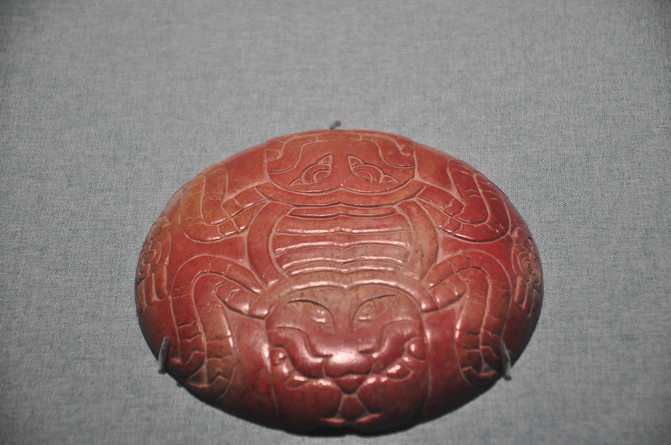




















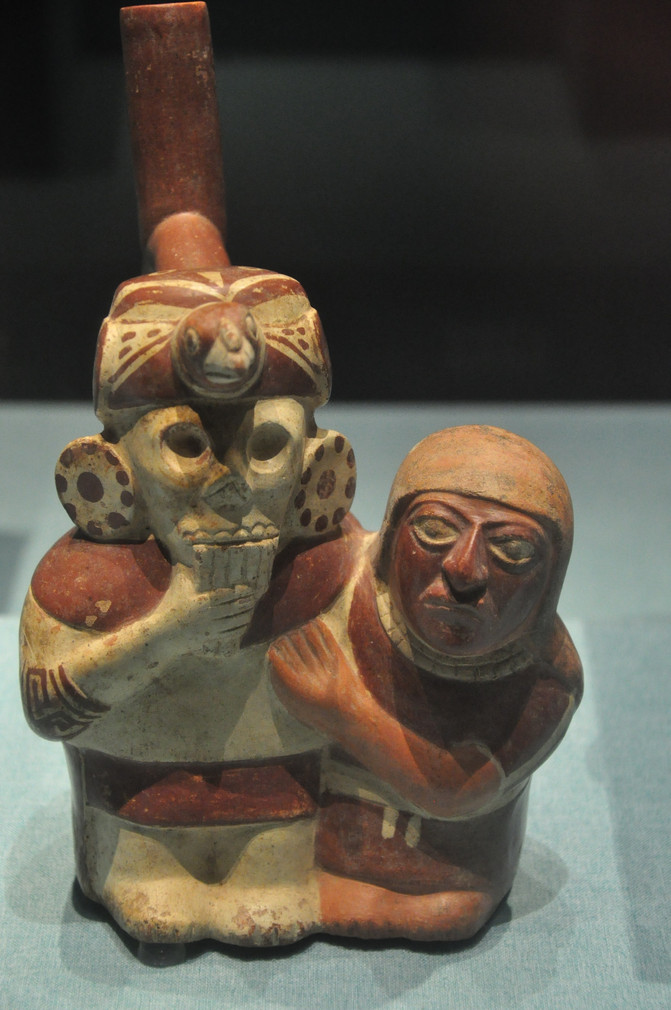




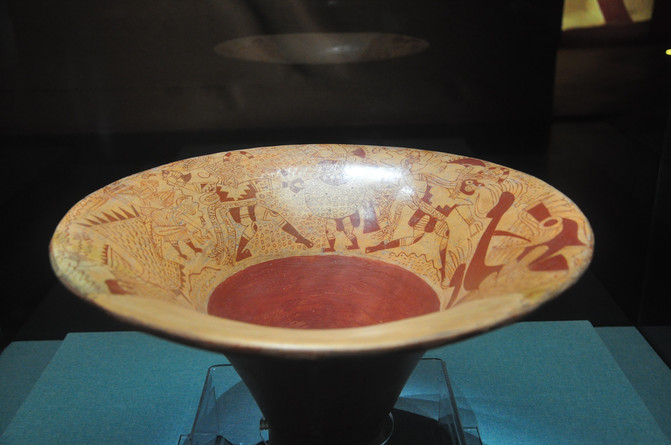








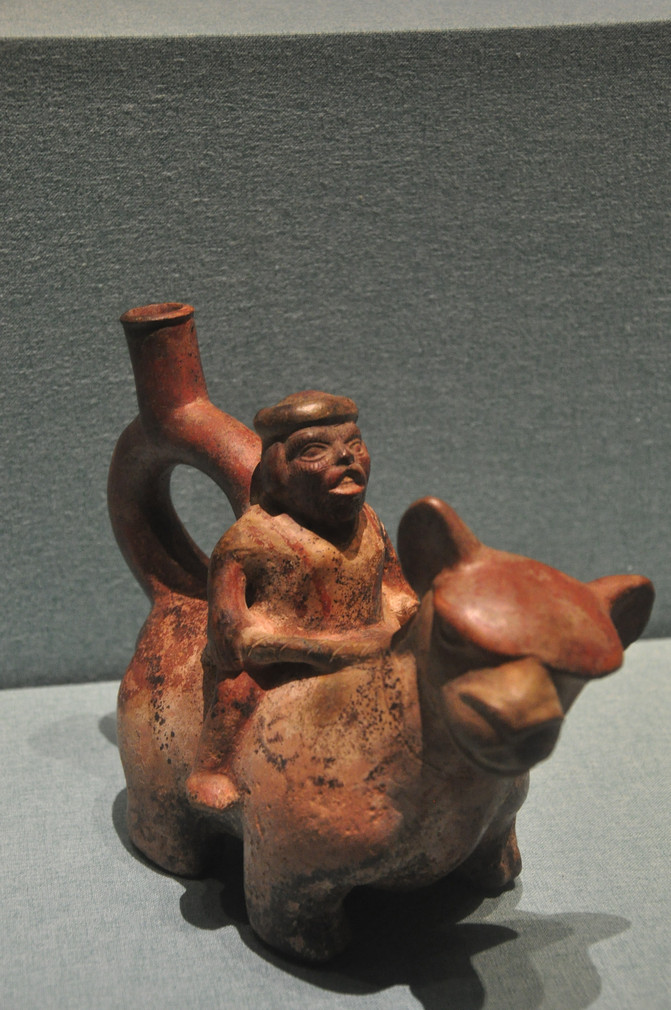




















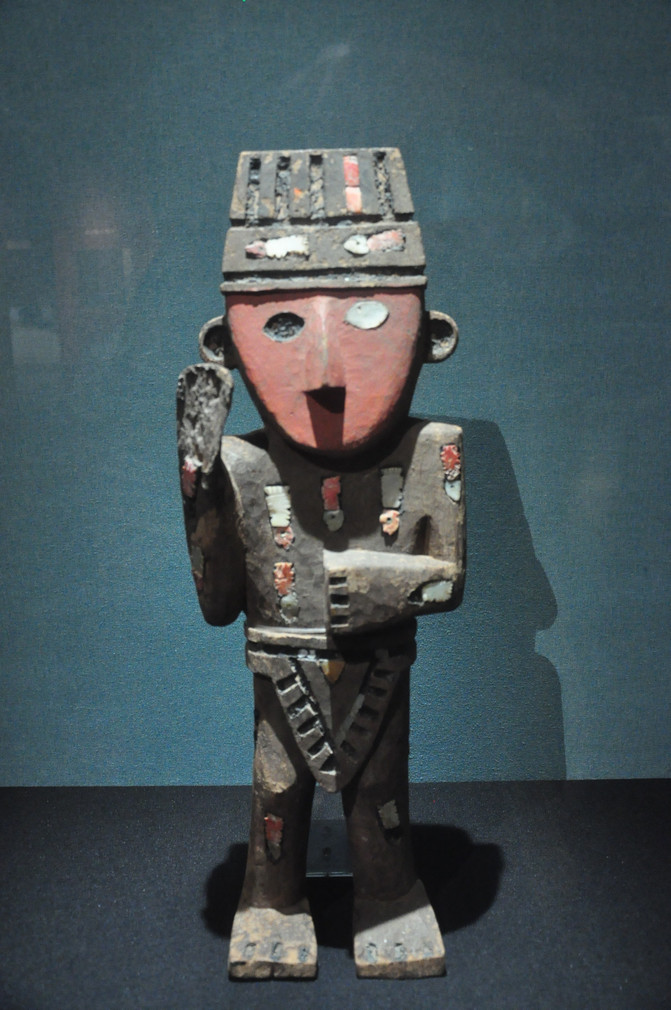























Next Article:A business travel hotel is not just a place to stay for one night, it can also become more artistic and tasteful.
